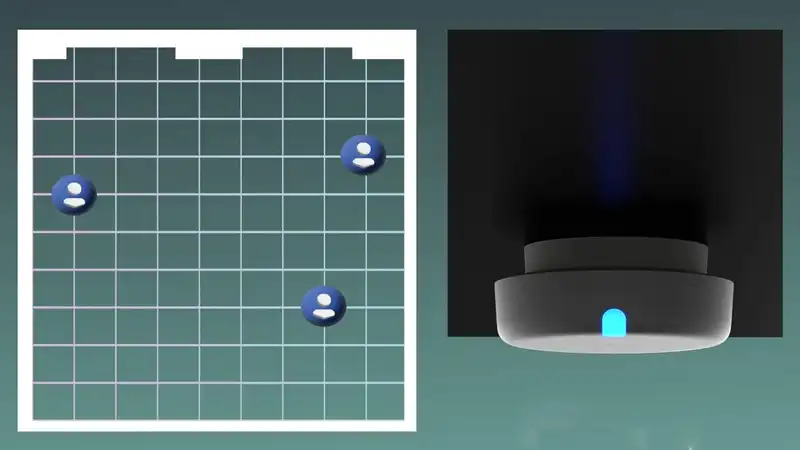The next gadget I buy to automate my smart home will not be a contact sensor for the door or an inexpensive motion sensor This is the year I plan to upgrade to a presence sensor This device works by continuously tracking who is in a space It can tell when you lie on the couch, move to work at your desk, or jump on the bed
Unlike motion sensors, which merely detect movement, presence sensors use a variety of technologies, including radar, infrared, and ultrasound, to monitor changes in their surroundings
Presence sensors work by dividing a room into individual zones, assigning individual automation to them, and tracking you throughout that zone This is like having multiple motion sensors at the same time, but more accurate because it can detect multiple people and can sense when you sit or lie down over time It can take action in real time, for example, the office lamp and computer monitor will turn on to greet you when you approach your desk and turn off when you walk away Below are three ways I plan to use to improve my smart home setup
Save money and make your home even more convenient From turning up the temperature on your smart thermostat when you are in a room to turning off the lights when you leave, you can use presence sensors to lower your smart home's energy usage This is an efficient way to optimize your space while you are actively there and stop it when you are away
Presence sensors can customize your work and play experience by streamlining your daily routine For example, smart lighting can automatically turn on when it detects that you are approaching a kitchen cabinet or office desk If you watch a movie, a presence sensor can turn on the TV and set mood lighting based on where you sit on the couch If you get up to take a break, the lights will automatically turn on when you enter the zone and the TV program will pause when you leave the room
The whereabouts sensor detects movement in the room, so it can keep an eye out for unexpected visitors Conversely, if someone is inactive in the same position for an extended period of time, the sensor can be programmed to send a notification so you can check on your family For more extensive coverage, a presence sensor with a fall detection mode, such as the Aqara FP2 ($84, Amazon), can be mounted on the ceiling to receive alerts if an elderly or injured loved one falls










Comments